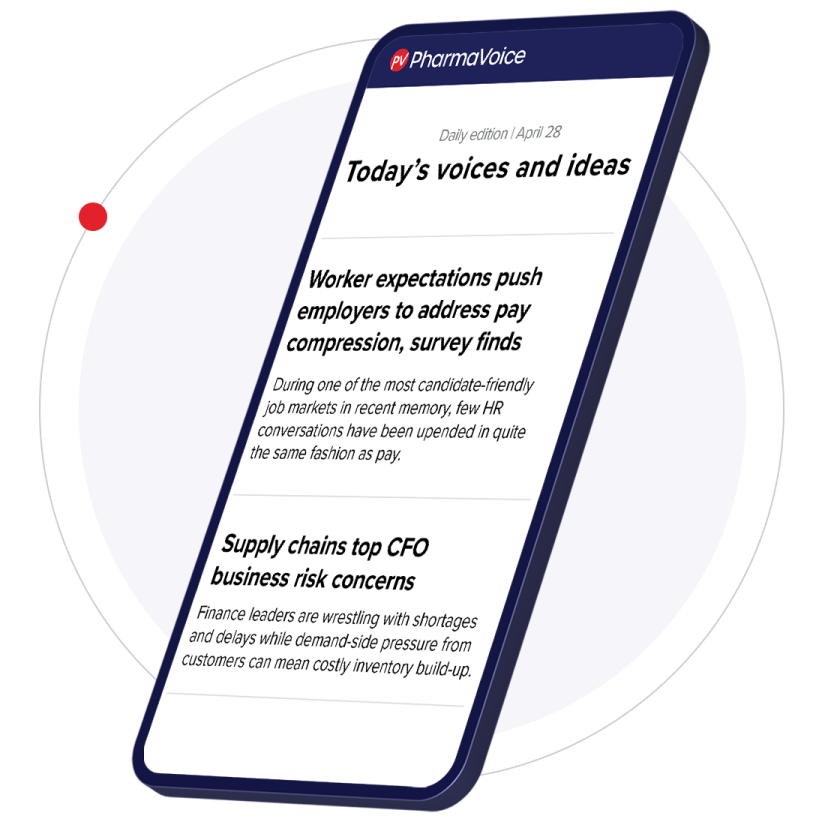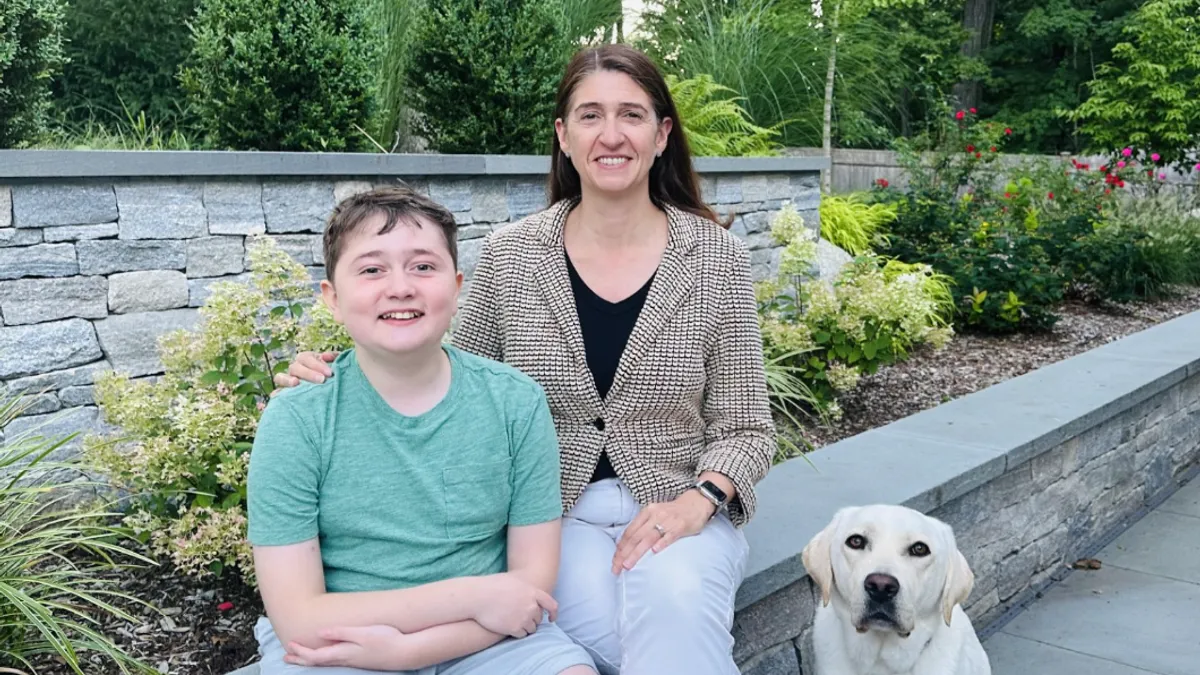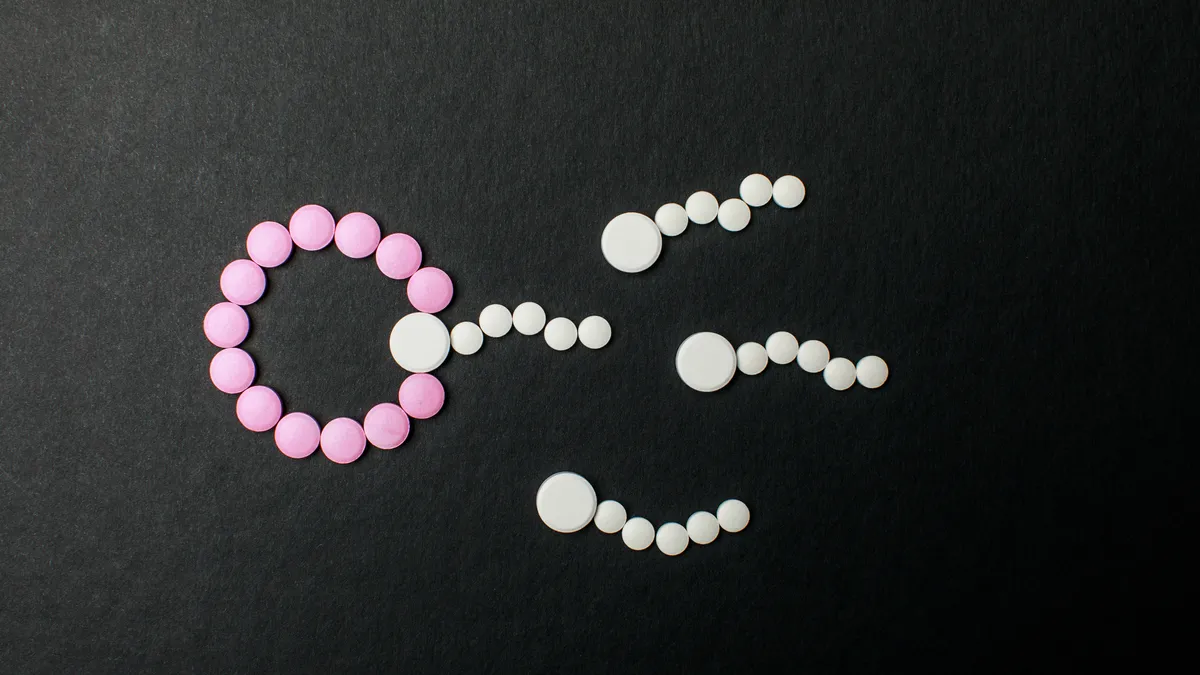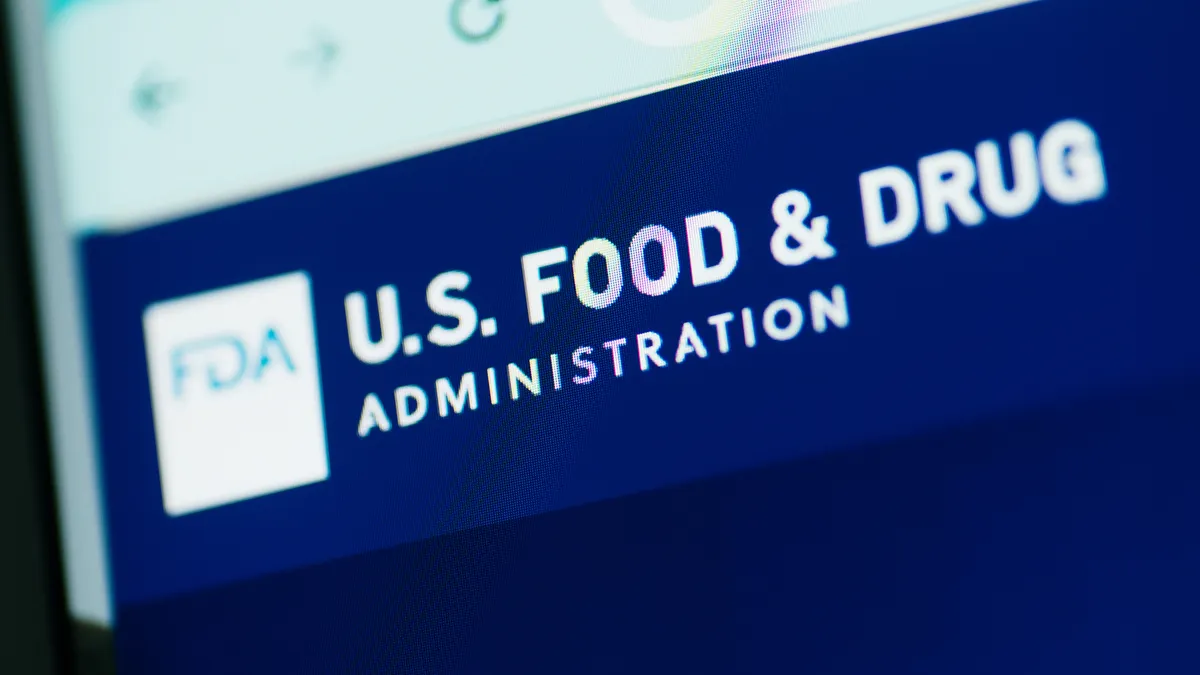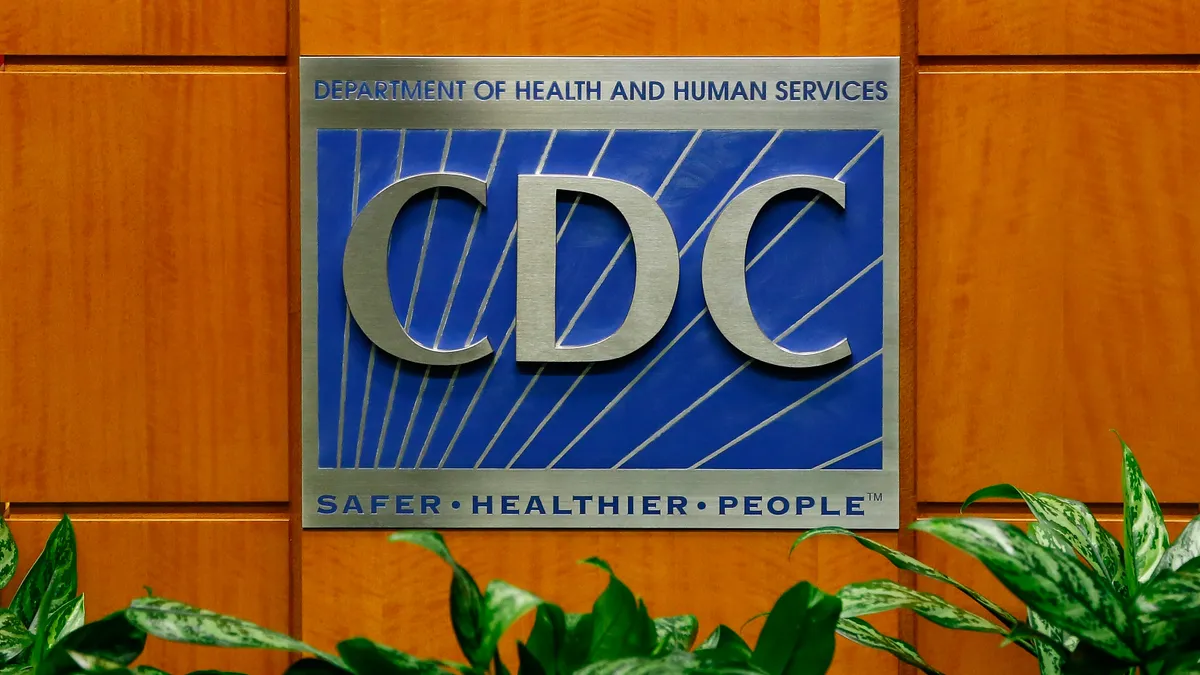There are few experiences as beautiful as a good night’s sleep. And in the quest to deliver a healthy eight hours to those struggling with insomnia, pharma has found a host of targets in the brain. There’s often a price to pay, though.
The standard go-tos such as benzodiazepines and GABA-targeting medications like Ambien can trigger groggy hangovers or addiction issues, leaving sleep disorder scientists still on the hunt for the “perfect hypnotic.”
Enter orexins.
A neuropeptide that’s secreted by neurons in the hypothalamus, orexins play a starring role in a host of vital functions including mood, eating behavior, energy, cognition and sleep. So far, pharma companies have targeted sleep conditions by developing drugs designed to strike the right orexin balance.
Not enough orexin? Patients can be hit with narcolepsy. Too much? It could be hard to get a restful night of sleep. Because of this connection, pharma companies have developed orexin receptor antagonists to boost sleep and are now setting their sites on orexin receptor agonists to improve wakefulness.

In the insomnia space, the FDA has OK’d three dual orexin receptor antagonists to date. Now, several pharmas are putting orexin-based drugs to the test in narcolepsy, potentially paving the way for other indications down the road.
“This is a clean pathway, and the more we work on it, the more we find it’s central to a lot of the things that make us feel well,” said Blair Jackson, chief operating officer at Alkermes, a neuroscience company with orexin drugs.
Alkermes — buoyed by sales of its four core drugs, including the bipolar and schizophrenia medication Lybalvi — spun off its oncology business in 2023 to become a pure-play neuroscience pharma with over $1 billion in sales. The company is hinging future growth on the success of its clinical-stage orexin candidate for sleep disorders.
The first focus for orexin receptor agonists is on the Type 1 narcolepsy space, where pharmas have been hitting clinical home runs.
Last year, Takeda Pharmaceuticals published phase 2b results for its orexin receptor agonist TAK-861, which outperformed a placebo and hit primary and secondary endpoints in Type 1 narcolepsy. With “clear and compelling” data in hand, the company said it would “rapidly” move into phase 3 trials.
Alkermes isn’t too far behind the pharma giant with its own mid-stage orexin contender in Type 1 narcolepsy, which produced “evidence of significant treatment effect” in early studies.
The biotech upstart Centessa Pharmaceuticals is also running the clinical bases with an orexin agonist being tested in sleep disorders.
While the current outlook for success in Type 1 narcolepsy looks promising, upcoming results for Type 2 narcolepsy are where orexins will need to showcase their usefulness.
The subtype factor
Patients with both types of narcolepsy struggle with the classic symptom of daytime sleepiness, but Type 1 is characterized by the added challenge of cataplexy, or sudden muscle weakness, and low levels of orexin. Type 2 patients, meanwhile, typically have normal levels of orexin.
“Based on the data we’ve seen coming out of trials for Type 1 narcolepsy, I see a high probability for success. But trials for Type 2 narcolepsy are riskier,” said Paul Matteis, managing director and head of therapeutics research at Stifel. “That is going to be the best data we have yet at answering the question of how broad the potential is for this class of drugs.”
Takeda’s mid-stage attempt at treating Type 2 with an orexin agonist “flat out failed,” Matteis said, and the company stopped its development for that indication. Yet, Matteis chalked up the setback to Takeda’s dosing strategy.
"What we’ve heard from analysts is that there are only a couple of key mechanisms on the market that provide this level of upside."

Blair Jackson
Chief operating officer, Alkermes
“It probably failed because they didn’t dose any higher than they did in Type 1,” Matteis suggested.
Alkermes, meanwhile, is chugging ahead in Type 2 and expects mid-stage data later this year. One of the key questions the data will answer, Matteis said, is around safety.
“Alkermes is dosing higher, but will it be safe?” Matteis said. “You’ve seen some side effects like visual disturbances with orexin drugs. Those might be super benign but that could look worse in a study with more people.”
A meta-analysis of the approved dual orexin antagonists published last year indicated that orexin-based drugs could carry a high risk of adverse events — such as narcolepsy symptoms — in patients with insomnia.
Assuming Alkermes’ candidate doesn’t trigger major safety concerns, a positive outcome could build momentum for studies in other indications.
For now, Takeda will likely beat Alkermes to market in Type 1 narcolepsy, Jackson said. But Alkermes will ultimately have an edge with its once-a-day formulation — versus Takeda’s drug, which has to be taken twice.
In Type 1 alone, Matteis estimated companies are entering a “multibillion-dollar” market. And in neuroscience markets beyond that?
Preclinical animal models have indicated that Alkermes’ orexin 2 receptor agonist can activate several key receptors in the brain including dopamine and serotonin. In a presentation about its drug development strategy, the company indicated its orexin agonists could have potential in Parkinson’s, bipolar, multiple sclerosis fatigue, seasonal affective disorder and more.
“You can dream the dream,” said Matteis, who also indicated he’s “excited” about Alkermes’ orexin program and bullish on their stock.
If orexin agonists turn out to be safe and effective in narcolepsy, Matteis said the next likely step would be testing them in smaller subsets of patients with widespread conditions such as insomnia or depression. This development plan would follow a broader trend in neuroscience of narrowing target patient populations to avoid problems, including a placebo effect, that have long plagued large phase 3 trials for indications like depression.
As far as Jackson is concerned, if Alkermes’ drugs are safe and work well, the sky in neuroscience could be the limit.
“We’ve had tremendous interest from investors and what we’ve heard from analysts is that there are only a couple of key mechanisms on the market that provide this level of upside,” he said.




